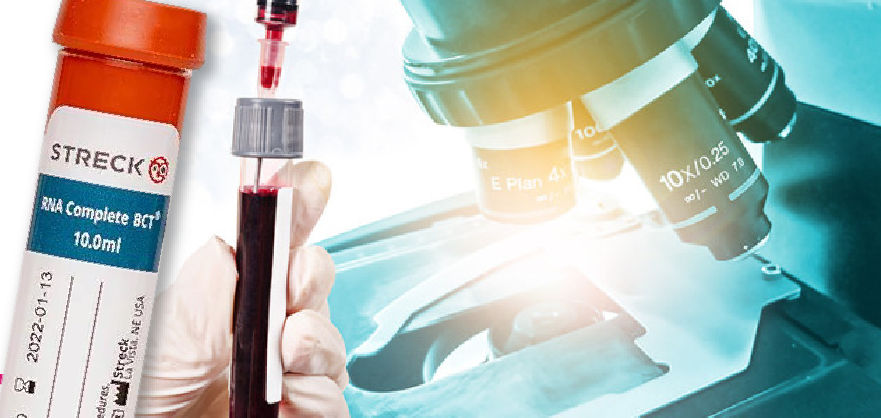inv(16)(p13;q22) and (16;16)(p13;q22) rearrangement
inv(16)(p13q22) and t(16;16)(p13;q22) alterations are recurrent chromosomal rearrangements commonly associated with subtypes of AML (M4Eo, M2, M5) and in patients with high risk of MDS.
inv(16)(p13q22) fuses CBFB gene (16q22) with MYH11 gene (16p13) resulting in a chimeric protein, CBFB-MYH11. The fusion protein CBFB-MYH11 blocks the process of cell differentiation in myeloid leukemia cells. However, expression of the chimeric protein CBFB-MYH11 alone is not sufficient to generate leukemia, and additional mutations may be necessary to drive the development of AML. The translocation t(16;16)(p13; q22) is similar to inv(16) rearrangement but with a much lower incidence rate. Fluorescence in situ hybridization (FISH) is a useful tool to confirm the presence of these rearrangements, although CBFB-MYH11 fusion transcripts can be detected by RT-PCR, very useful when you want to estimate the minimal residual disease.
Acute myeloid leukemia (AMLs) carrying inv(16) and t(16;16) chromosomal abnormalities are associated with a good prognosis.
References
- Eghtedar A, et al. (2012) Am J Hematol. 87(3):317-8.
- Delaunay J, et al. (2003) Blood. 102(2):462-9.
- Paschka P. (2009) Semin Oncol. 35(4):410-7


